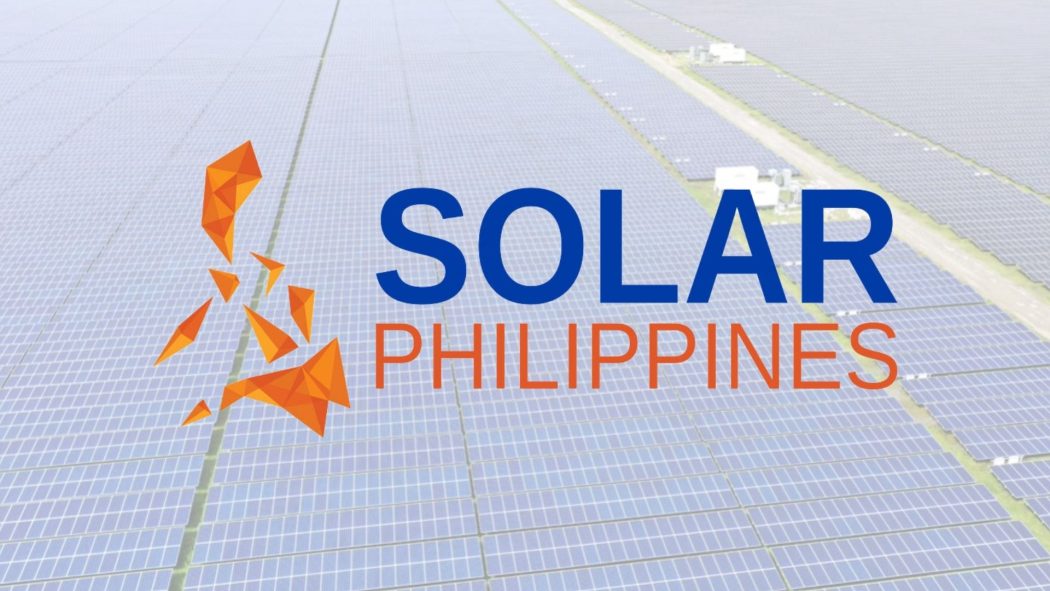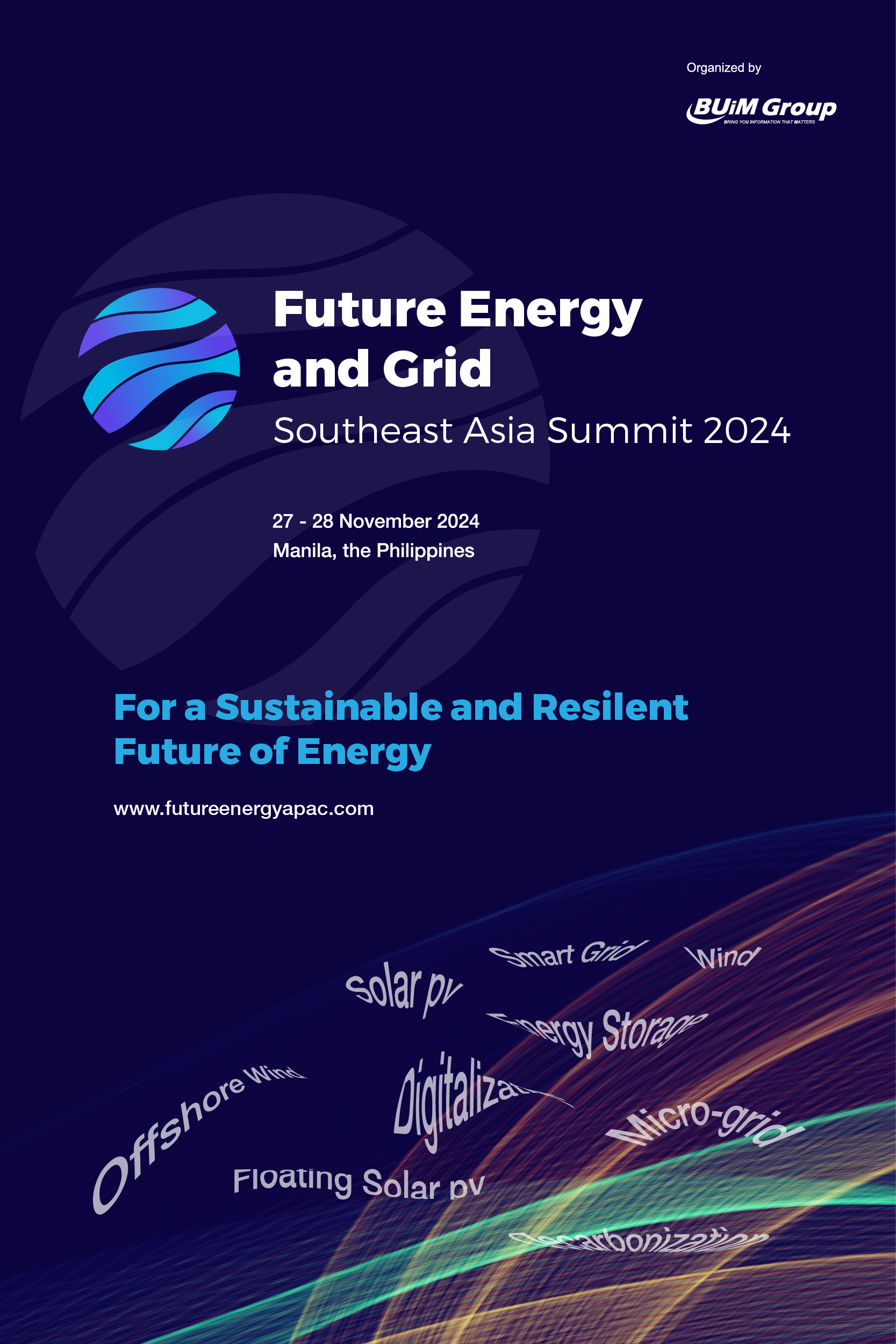To achieve its goal of expanding its portfolio to ten gigawatts by 2025, Solar Philippines Nueva Ecija Corporation (SPNEC) is repositioning itself as a project developer partnering with various independent power producers (IPPs) rather than being one itself.
Under this approach, Solar Philippines will be in charge of consolidating land and permits, while its IPP partners will build, own, and operate the solar farms.
“We have recognized that the greatest value is created in the development because there is no shortage of who would like to own and operate, but not enough solar projects sites for all of these demands,” Solar Philippines founder and CEO Leandro Leviste said in the latest episode of Power Podcast.
“While we also are shareholders in the power plants that develop the energy over the 25 years, our main value creation is in the development prior to the operations. So, our company will be focusing on laying the groundwork for these projects, and when they are shovel-ready is when our IPP partners come in to operate for 25 years,” he added.
SPNEC will also be focusing on its more mature projects in order to attain the 10GW goal as planned.
“We believe that simply by expanding on what we have and the work we have done, for example in Batangas, Tarlac, and Nueva Ecija we should be able to deliver it faster than in a pure greenfield development plan,” Leviste said.
Solar Philippines has an existing 63.3-megawatt (MW) solar farm in Calatagan and Balayan in Batangas, and a 150MW facility in Concepcion, Tarlac. It is also developing, through SPNEC, a 500MW “solar ranch” in Penaranda, Nueva Ecija.
Recently, SPNEC’s shareholders approved its asset-for-share swap scheme with Solar Philippines. Once completed, SPNEC will be the parent firm of Solar Philippines’ direct subsidiaries, which currently have 169.36MW in operating solar farms.
Leviste added that obtaining land and permits for solar project locations is one of the main bottlenecks in developing solar farms in the country, citing geographical factors wherein large-scale lands which could be used for projects are far from high-demand areas.
Catch the full episode of Power Podcast with Solar Philippines Founder and CEO Leandro Leviste on YouTube, Spotify, Apple Podcasts, and Google Podcasts.


